Overview
Map
Other Details
كنيسة السيدة - الفنار
1731
Fanar
Metn
Mount Lebanon
أسست الكنيسة الرعائية سنة 1731 في عهد البطريرك يعقوب عواد.الكنيسة صغيرة الحجم مبنية من عقد بسيط ينتهي بحنية. اللوحة رسم كنعان ديب الدلبتاوي وتعود لسنة ١٨٤٩.The parish church was built in 1731 during the pontificate of patriarch Jacob Awad.The church building is rather small with a crib vault ending with an apse. The Madona’s portrait is the work on Kanaan Dib from Dlebta dating back to 1849
Visited 2539 times, 10 Visits today


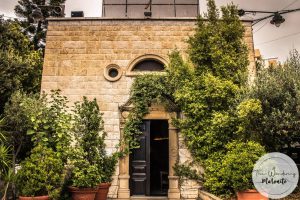
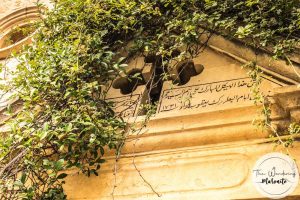
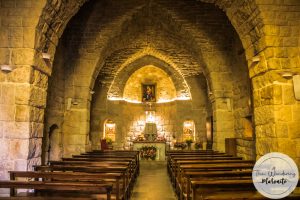
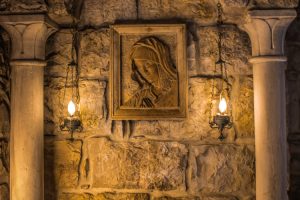
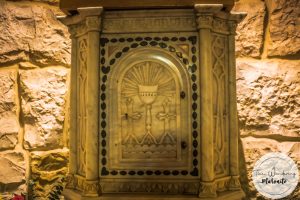
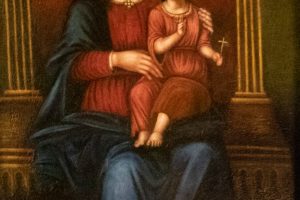
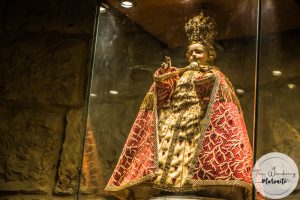
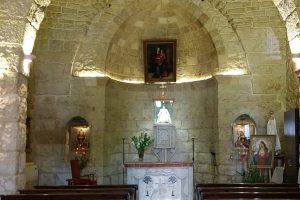











Reviews are disabled, but trackbacks and pingbacks are open.